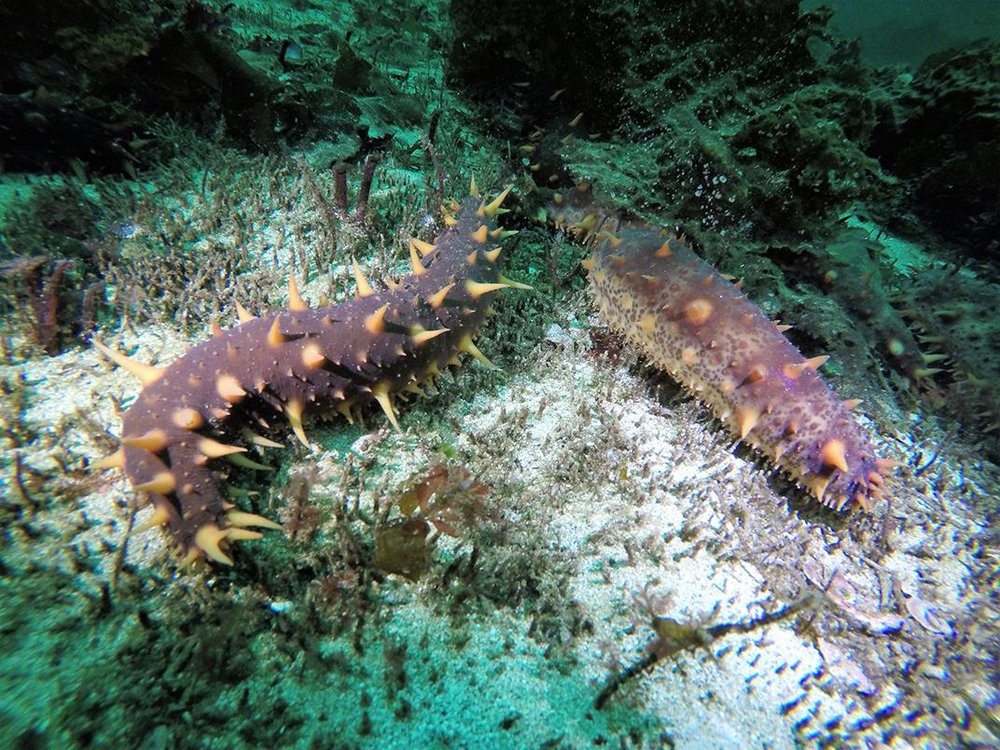Sea cucumber is one of the most important food sources for the indigenous people living along the southern coast of British Columbia. Its skin (known as beche-de-mer) is used in medicine, while the meat is a popular culinary delicacy.
It is rich in high-value nutrients such as vitamins, minerals and antioxidants. It also contains riboflavin, which is vital for energy synthesis and metabolism in the body.
Overview of Sea Cucumber as a Food Source
Sea cucumbers are a type of echinoderm that lives in oceans around the world. They are soft-bodied worm-like animals, with tube feet that they use to collect tiny marine particles on the ocean floor and grind them down into smaller pieces for other animals to consume.
They are also important in the nutrient cycle of the ocean. By grinding up these microscopic organisms, they help create a balanced and nutritious diet for other animals.
They’re a nutritional powerhouse, packed with vitamin A, calcium, and many other vitamins, minerals, and antioxidants. A small serving of sea cucumber a day can give your body the nutrients it needs to thrive and fight disease.
Culinary Uses and Traditional Dishes
Sea cucumbers are marine echinoderms, or shellfish, that are in the same phylum as starfish and sea urchins. They have a long tube-like body and retractable tentacles that extend around their mouths.
In Asia, these echinoderms are a delicacy. They’re also used as a medicine for ailments like cancer, inflammatory pain and liver disease.
They can be boiled in water or stewed for several hours, and their meat is suitable for soups and stir-fries. The texture is a little slimy and crunchy, but it’s soft enough to chew.
Chinese people use this ingredient in various dishes, including fried steamed sea cucumber and steamed and braised sea cucumber with pork or chicken. They’re also a staple in New Year meals in Aomori, Japan.
Availability and Market Trends
Sea Cucumber, also known as beche-de-mer or trepang, has long been used as a food and folk medicine in Asia. It has an impressive profile of essential nutrients including Vitamin A, B1, Vitamin B2, riboflavin and niacin.
Several biological activities such as anti-angiogenic, anticancer, anticoagulant, antihypertension, antiinflammatory, antioxidant, antimicrobial, antifungal and antithrombotic have been ascribed to different species of sea cucumbers.
As a food source, the consumption of sea cucumber has been on the increase, particularly in Asian countries. Despite the fact that the supply and demand of sea cucumber is increasing rapidly, it is important to consider the sustainability of its production and use. Choosing sea cucumbers that are sustainably produced and fished is the best way to protect these marine invertebrates.
Health Benefits and Concerns
Sea Cucumbers are a marine invertebrate that can be found on the sea floor throughout the world. They’re a favorite food in Asian cultures and are used in traditional medicine to treat a wide variety of ailments.
Sea cucumbers have a rich nutrient profile that includes minerals, vitamins, and protein. These nutrients are critical to proper bone and tooth development, immune system function, and blood clotting.
Sea cucumbers are high in lean protein, which can help lower cholesterol levels and reduce blood pressure. They also contain low amounts of fat, making them a great choice for those trying to lose weight while maintaining their health.
Sustainability
Sea cucumbers are an important food source for both people and marine life, but their harvesting and consumption can pose sustainability issues. For example, they may be sourced from wild fisheries that are overexploited or depleted.
Moreover, they can be grown in captivity and are often sold as farmed seafood. While these practices can be beneficial for both fisheries and consumers, they can also lead to environmental concerns like ocean acidification.
The current fishery for sea cucumbers in the Western Indian Ocean (WIO) is overexploited and stocks are depleted, largely due to weak management and poor data collection. In addition, many nations do not have policies in place to monitor or control their fisheries.

